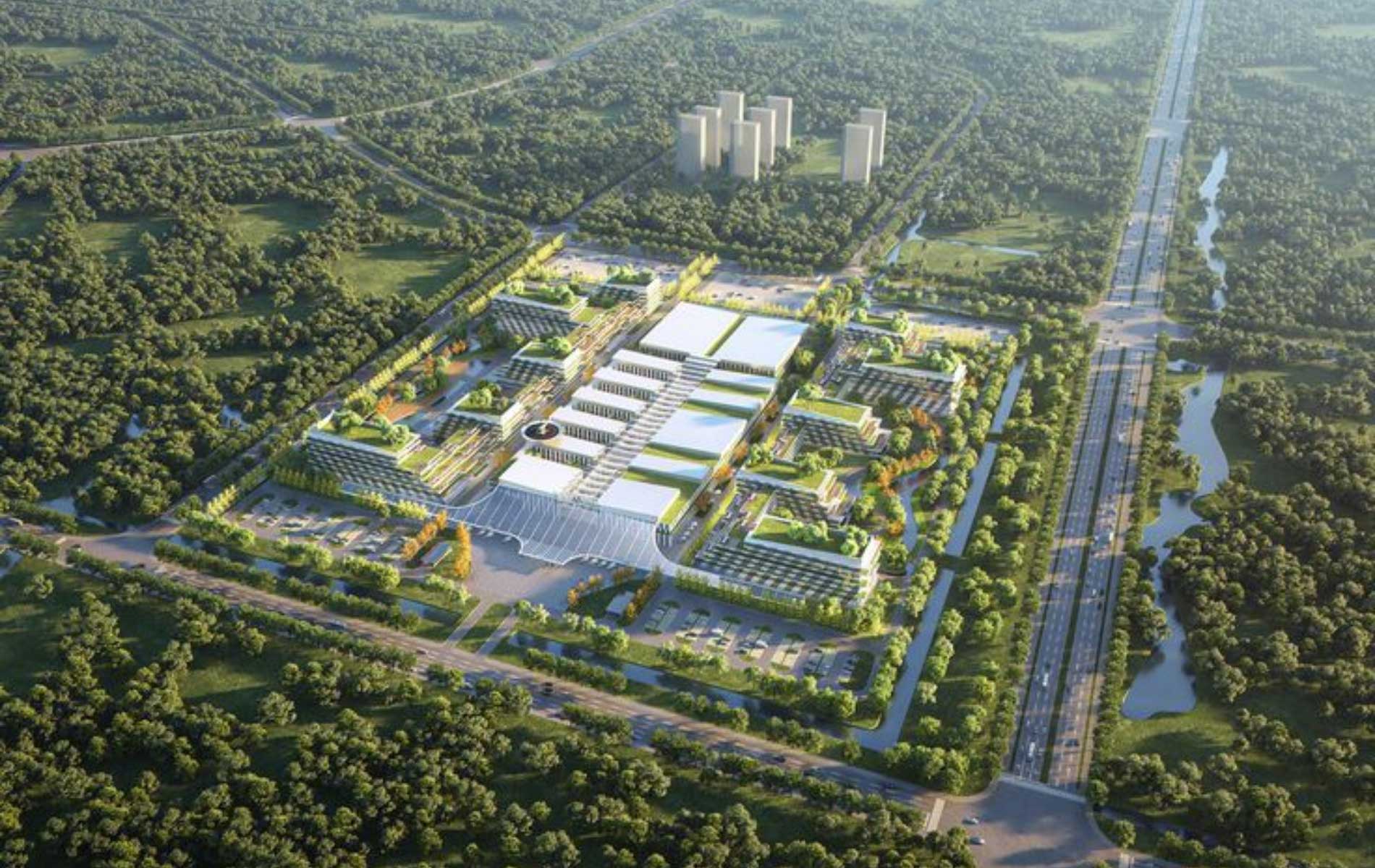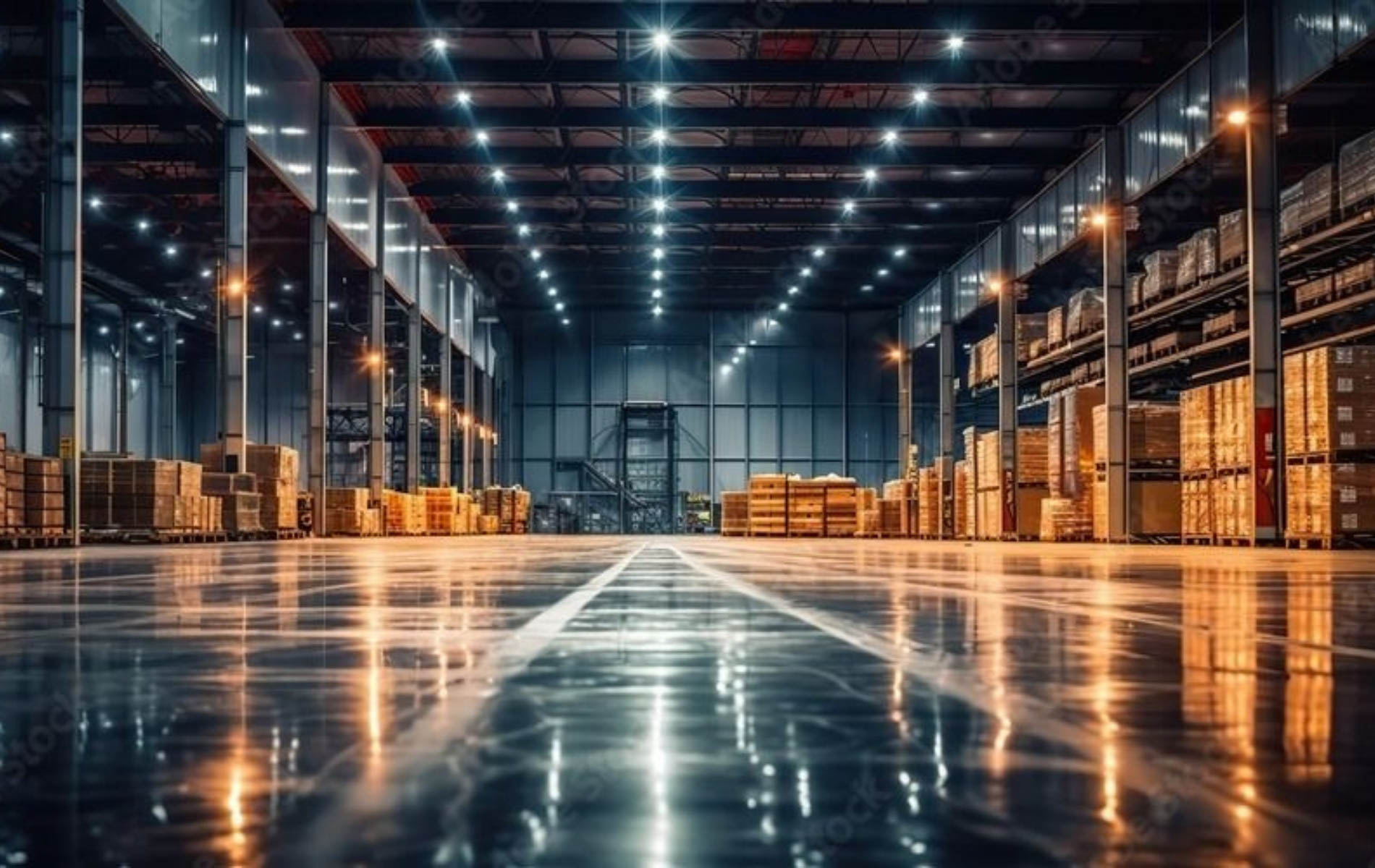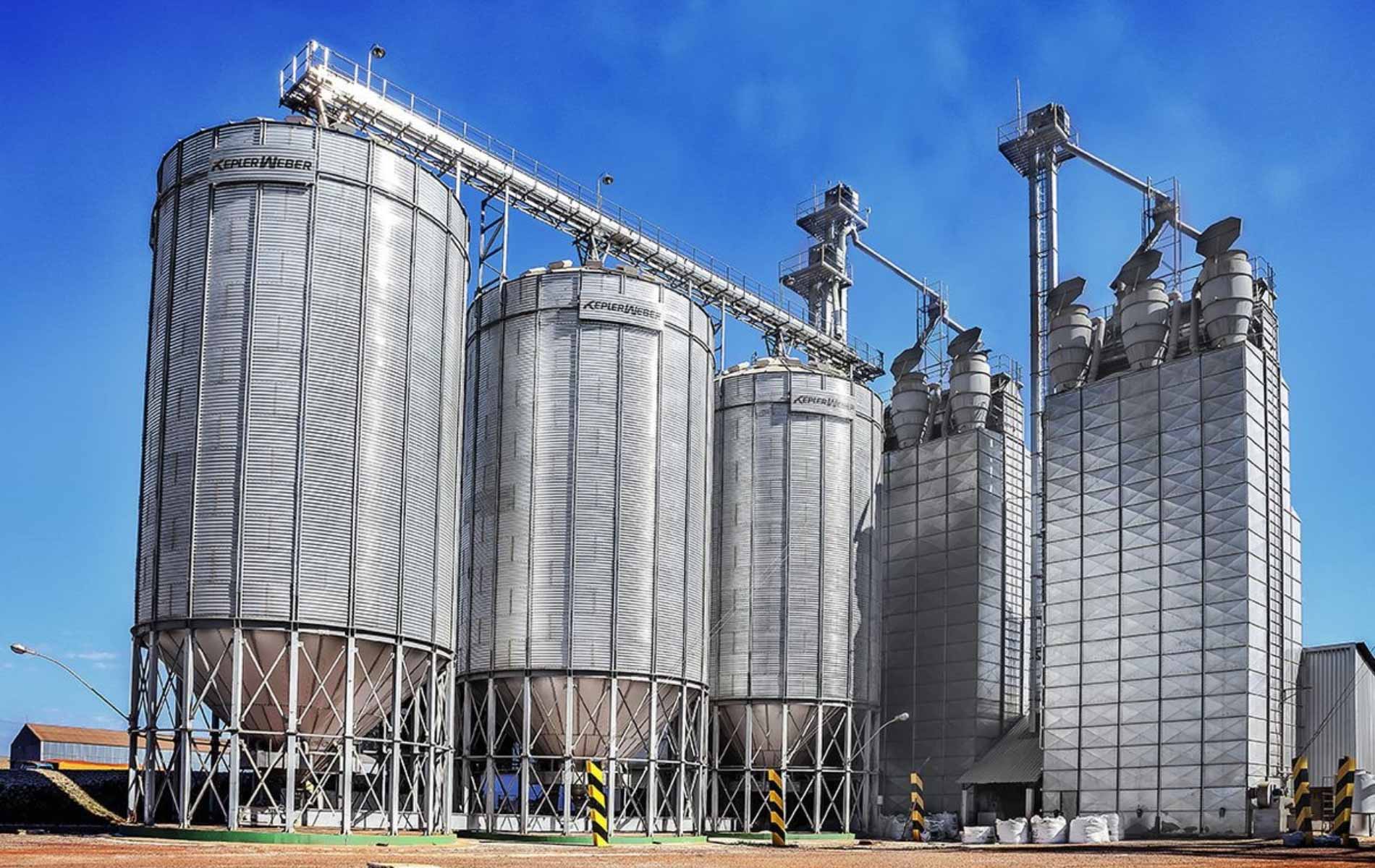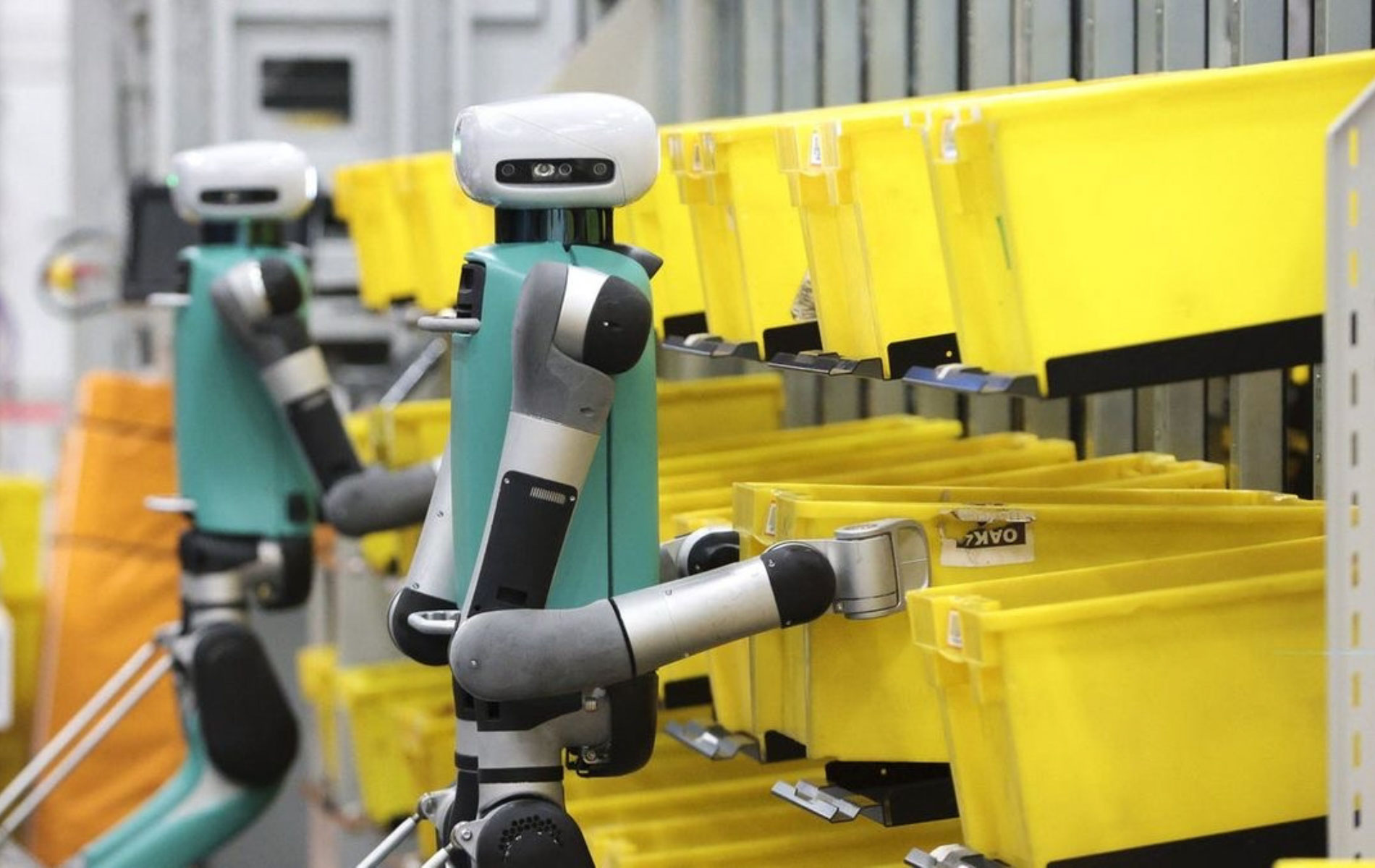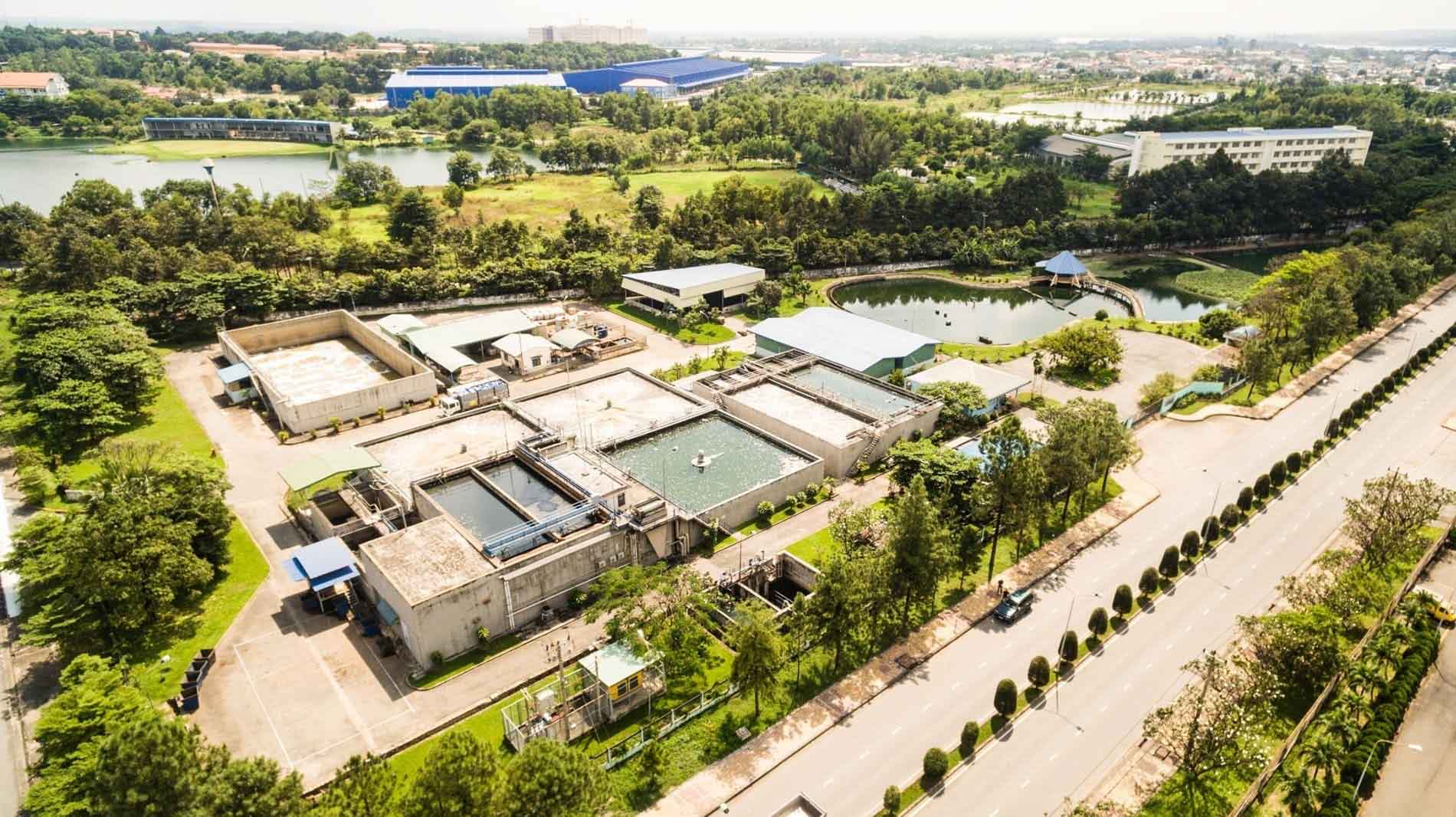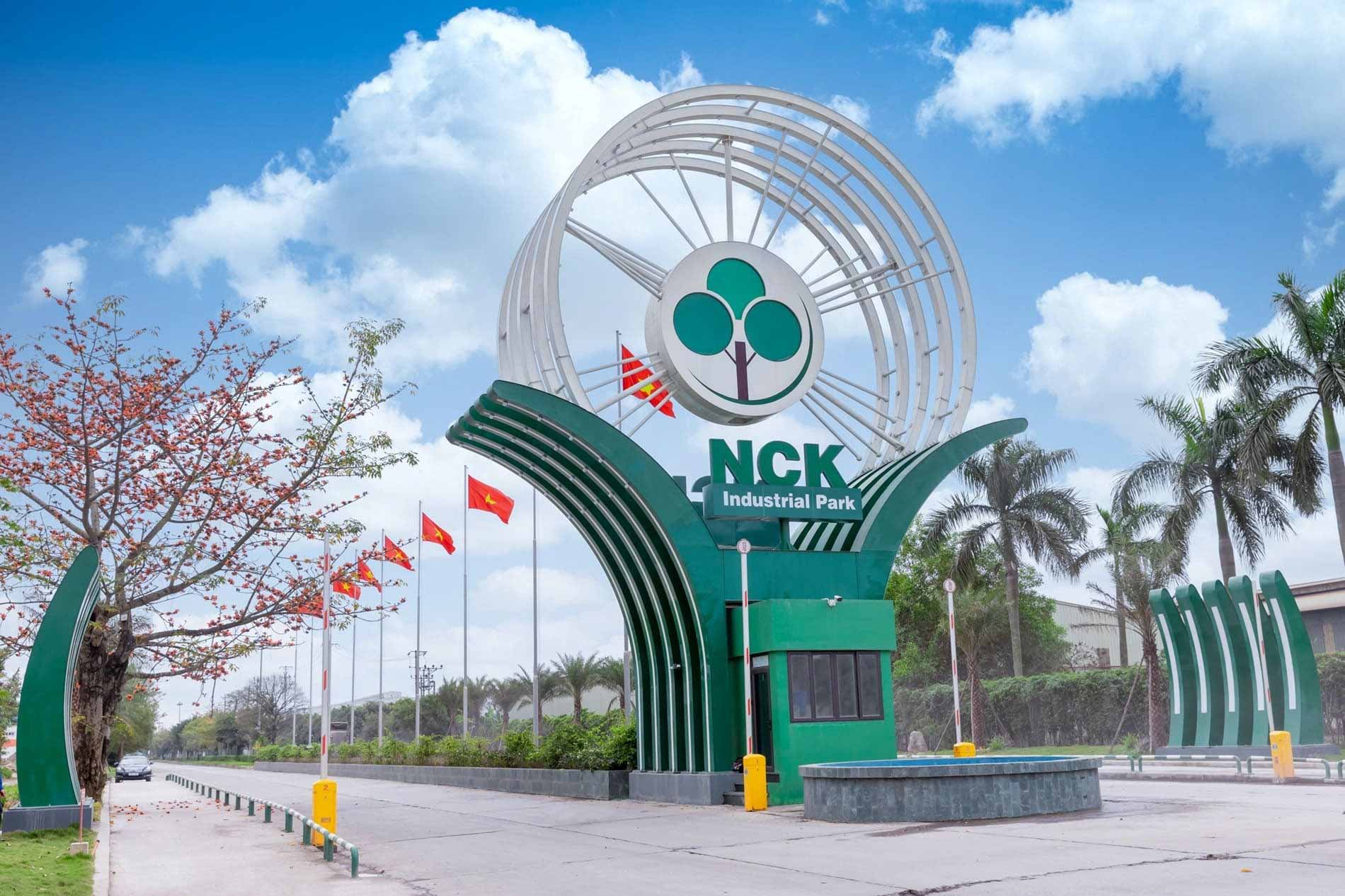Few people know that Export Processing Zones (EPZs) first appeared in Vietnam in the early 1990s as a “gateway” for attracting foreign direct investment (FDI), paving the way for export-driven manufacturing and technology transfer.
So, what exactly is an Export Processing Zone, how does it operate, and what specific benefits does it offer? In this article, KTG Industrial will provide a comprehensive overview of the definition, characteristics, roles, and key advantages of this specialized model.
What is an Export Processing Zone?
According to Clause 2, Article 2 of Decree 35/2022/ND-CP, an Export Processing Zone (EPZ) is a specialized type of industrial zone that focuses on the production of goods for export and the provision of supporting services related to export activities.
A distinguishing feature of EPZs is that they are physically separated from surrounding areas by a hard fence and operate under regulations similar to those applied in non-tariff zones. This setup is designed to facilitate the smooth flow of export and import activities.
Key characteristics of Export Processing Zones
Location and land area
One of the most notable features of Export Processing Zones (EPZs) is their strategic geographic location. These zones are typically planned near seaports, international airports, or major transportation corridors. This positioning is intended to optimize the flow of export goods, helping enterprises reduce both transit time and logistics costs.
In addition, EPZs often cover large-scale areas, ranging from several dozen to several hundred hectares (ha), providing sufficient space to meet the diverse requirements of various production models and business types.
Land within these zones is systematically planned, with clearly designated areas for factories, warehouses, administrative facilities, and technical infrastructure. This comprehensive zoning allows enterprises to operate efficiently from the initial development stages.
Moreover, the internal layout of an EPZ is designed to be flexible, enabling adjustments during different phases of growth or production scale expansion, thereby enhancing its attractiveness to both domestic and foreign investors.
Primary industries operating within Export Processing Zones
Within Export Processing Zones (EPZs), the primary industries are focused on the production of goods for export, such as rice, textiles and garments, and leather footwear. According to Article 62 of Decree 31/2021/ND-CP, investors are permitted to engage in a range of activities that support efficient manufacturing and business operations.
Specifically, investors can lease or purchase ready-built factories, offices, and warehouses; access existing technical infrastructure including electricity, water, transportation, telecommunications, and waste and wastewater treatment systems. In addition, investors have the right to transfer or sublease infrastructure-equipped land for the development of production facilities, re-lease physical assets, and participate in other legally permitted activities. This regulatory framework positions EPZs as a favorable environment that enables businesses to optimize costs while gaining easy access to essential support services.
Infrastructure and utilities in Export Processing Zones
Factory management in EPZs is greatly facilitated by comprehensive infrastructure planning that aligns with local conditions. These zones are typically equipped with essential components such as completed factory buildings, standardized warehouses, and an integrated logistics system.
Moreover, support amenities such as banking services, commercial centers, healthcare facilities, and educational institutions are often located within the zone. This creates a convenient setting for both production operations and employee well-being.
Under this model, factory operators do not need to make significant upfront investments in infrastructure. They can rapidly initiate operations and effectively utilize production space, thereby minimizing preparation time and optimizing initial capital expenditures.
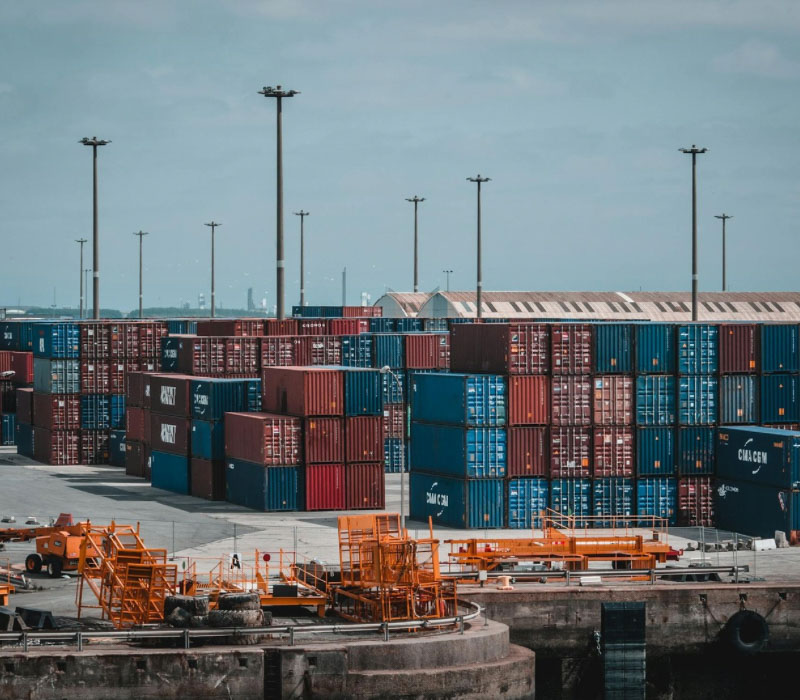
Export Processing Zones are typically integrated with seamless logistic systems
Key benefits of Export Processing Zones
For businesses
Export Processing Zones (EPZs) offer a favorable investment environment for both domestic and foreign enterprises, thanks to well-developed technical infrastructure, streamlined administrative procedures, and attractive tax incentives. Specifically, enterprises operating in EPZs may benefit from a preferential corporate income tax rate of 10% for 15 years, with a full tax exemption for the first 4 years and a 50% tax reduction over the subsequent 9 years [1].
In addition, many EPZs adopt the on-site “single-window” model, which enables swift processing of procedures related to customs, legal compliance, and logistics right at the production location. This helps reduce operating time and costs significantly [2].
Operating in a centralized and enclosed environment also enables businesses to gain direct access to supply chains, supporting services, and a stable labor pool—factors that are particularly crucial for high-tech industries, electronics manufacturing, and supporting industries.
For the workforce
EPZs play a vital role in job creation and improving the livelihoods of millions of workers, especially younger labor forces from various provinces. As of the end of 2023, Ho Chi Minh City alone had over 250,000 workers employed in its EPZs and industrial parks [3].
Working in EPZs not only provides stable income but also exposes workers to a structured, professional work environment. Many enterprises within EPZs strictly comply with international standards for occupational safety, social welfare, and skill development.
In some zones, worker accommodations, daycare centers, clinics, and supermarkets are built within the premises—enhancing quality of life, reducing commuting stress, and lowering living expenses for workers.
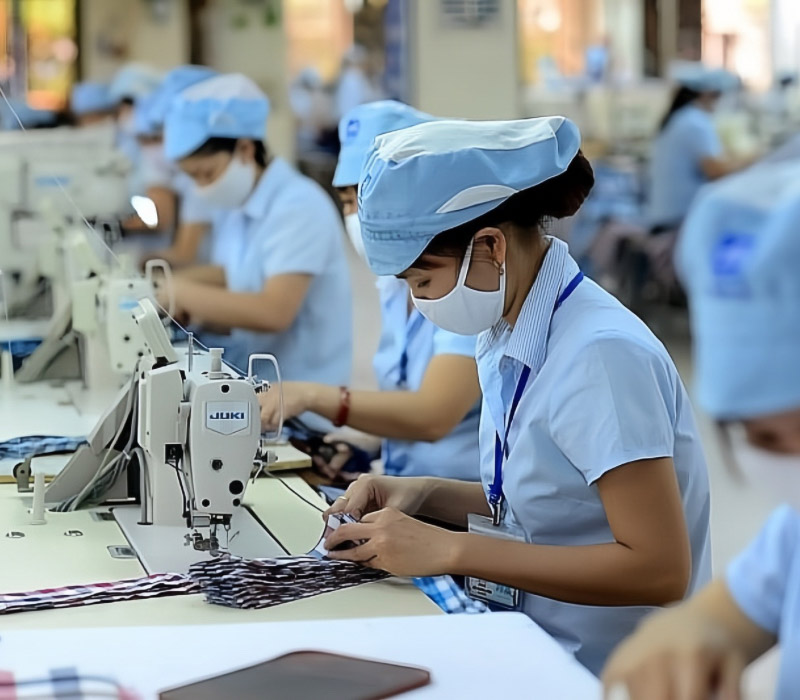
Export Processing Zones also provide conditions for sustainable workforce development
Notable Export Processing Zones in Vietnam
Export Processing Zones (EPZs) in Vietnam play a key role in attracting foreign investment and advancing the export-oriented industrial sector. In Ho Chi Minh City, EPZs are primarily concentrated in the northeastern area, particularly in Thu Duc District. Currently, the city hosts four main operational export processing zones:
- Tan Thuan Export Processing Zone: Established in 1997, located in District 7, Ho Chi Minh City, with a total area of approximately 300 hectares. The zone has attracted over 254 investors from 22 countries, focusing on key sectors such as software, electronics, precision engineering, and traditional manufacturing.
- Linh Trung 1 Export Processing Zone: Situated in Linh Trung Ward, Thu Duc District, covering 62 hectares. Founded in 1992, this zone specializes in light industrial production, including product assembly and machinery manufacturing. Its proximity to Cat Lai Port and Tan Son Nhat Airport provides strategic advantages for export operations.
- Linh Trung 2 Export Processing Zone: Located about 7 km from Linh Trung 1, in Binh Chieu Ward, Thu Duc District, with a land area of 61.7 hectares. Operational since 2000, this zone has drawn numerous enterprises in electronics, mechanical engineering, and packaging industries.
- Linh Trung 3 Export Processing Zone: Located in An Tinh Commune, Trang Bang District, Tay Ninh Province, with an area exceeding 200 hectares. Developed in 2004, the zone primarily serves businesses in machinery manufacturing, electronics, chemicals, and food processing.
Overall, these EPZs contribute significantly to Ho Chi Minh City’s export revenue while generating tens of thousands of jobs, playing an essential role in driving local economic growth.
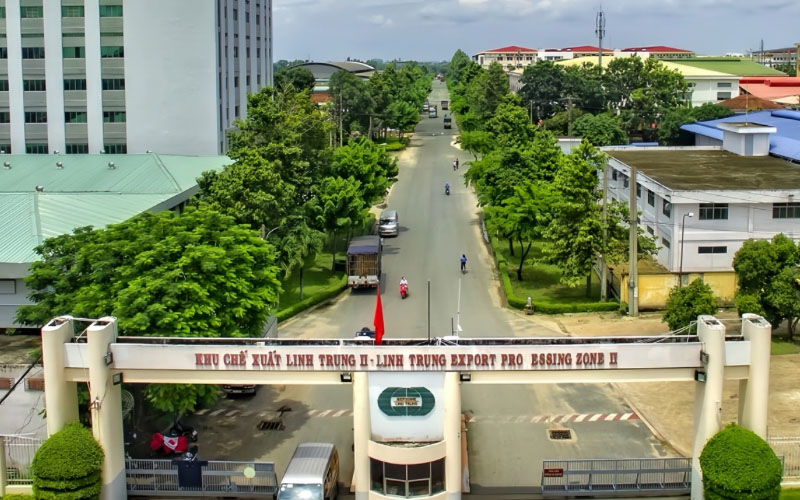
Linh Trung 2 Export Processing Zone – Ho Chi Minh City
The Importance of Export Processing Zones in the economy
Since the establishment of the Export Processing Zones (EPZs) model in Vietnam in the early 1990s, these zones have quickly become a strategic link in the country’s industrialization and modernization process.
EPZs are not only hubs for producing goods for export but also ideal destinations for foreign direct investment (FDI), particularly in high-value-added sectors such as electronics, textiles, and food processing.
Financially, EPZs contribute significantly to the national budget. As of June 2024, there are 1,715 investment projects in the EPZs and industrial zones (IZs) in Ho Chi Minh City. Among these, 561 are FDI projects with a total registered investment capital of 7.269 billion USD, and 1,154 are domestic investment projects with a capital of 6.326 billion USD [4].
In addition to generating significant revenue, EPZs serve as a catalyst for regional economic development. The presence of large enterprises has led to more synchronized investments in infrastructure such as transportation, electricity, water, and telecommunications in the surrounding areas, creating a modern industrial ecosystem and spreading benefits to supporting industries, services, and local communities.
In particular, EPZs play an essential role as key “export gateways,” helping to enhance the international competitiveness of Vietnamese goods. This underscores the irreplaceable role of EPZs in expanding markets, accessing global supply chains, and boosting Vietnam’s position on the global trade map.
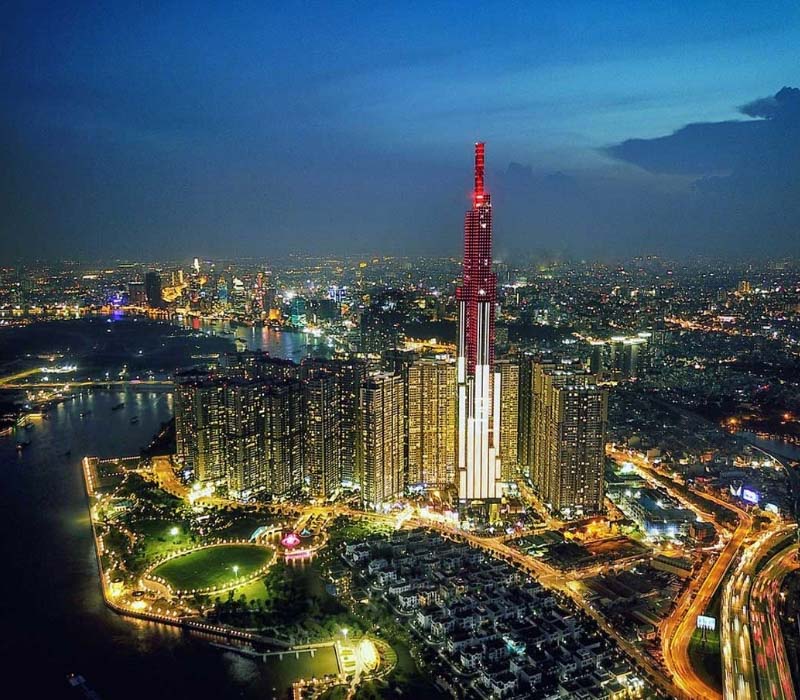
Export Processing Zones contribute significantly to the development of the country’s infrastructure
Some related questions
Are Export Processing Zones and industrial zones the same?
Although both are areas that gather manufacturing enterprises, Export Processing Zones (EPZs) and Industrial Zones (IZs) differ significantly in terms of development orientation, operational sectors, and management mechanisms.
An IZ is a designated geographical area primarily focused on industrial production and providing production support services. Meanwhile, an EPZ is a specialized model that concentrates on the production of export goods and related export services.
Regarding investment attraction, IZs target both domestic and foreign enterprises, whereas EPZs are primarily intended for foreign investors. The boundaries of IZs are usually more flexible, while EPZs are strictly managed under the duty-free zone mechanism.
The operational sectors in IZs are quite diverse, ranging from building materials, mechanical engineering to logistics services, whereas EPZs mainly produce export goods such as textiles, footwear, and agricultural products. The market for IZs spans both domestic and international markets, while EPZs focus exclusively on exports.
In conclusion, despite some similarities, these two models are clearly differentiated in terms of function, target investors, and target markets.
According to current regulations, are Export Processing Zones considered separate customs areas?
According to current regulations, Export Processing Zones (EPZs) are considered separate customs areas and are subject to corresponding regulations, except in the case specified in Clause 4, Article 26 of Decree 35/2022/ND-CP. Specifically, export enterprises are permitted to sell or liquidate used assets and goods in accordance with legal regulations in the domestic market.
During this process, import-export management policies will not apply, unless the goods require specialized inspection that was not carried out during importation, or goods requiring an import license must be approved by the competent authority in writing. Thus, EPZs are generally still considered separate customs areas, except for the special cases mentioned above.
Conclusion
It can be seen that Export Processing Zones play a crucial role in attracting foreign investment, boosting exports, and enhancing the industrial production capacity of Vietnam.
With their unique operating mechanisms, investment incentives, and market orientation, EPZs not only create a favorable environment for businesses but also contribute to promoting sustainable economic growth. Understanding this model will provide investors and businesses with a solid foundation for selecting the right direction in the current context of deeper integration.
Reference
[1] Investment Incentive Policy. Ho Chi Minh City Export Processing and Indutrial Zones Authority. Retrieved April 24, 2025 from https://hepza.hochiminhcity.gov.vn/en/eg/chinh-sach-uu-dai-dau-tu
[2] Ly Tuan (2020). Co che quan ly “mot cua tai cho” yeu to quan trong gop phan phat trien các khu che xuat, khu cong nghiep. Tap chi Nha dau tu. Retrieved April 24, 2025 from https://nhadautu.vn/co-che-quan-ly-mot-cua-tai-cho-yeu-to-quan-trong-gop-phan-phat-trien-cac-khu-che-xuat-khu-cong-nghiep-d45334.html
[3] Minh Tuyet (2014). Ban Quan ly Toa nha FLC Landmark ban giao “so hong” cho cu dan. Tap chi Kinh te va Du bao. Retrieved April 24, 2025 from https://kinhtevadubao.vn/ban-quan-ly-cac-kcx-va-cn-tp-ho-chi-minh-phat-huy-vai-tro-dau-tau-thuc-day-cac-kcn-kcx-tro-thanh-dong-luc-phat-trien-kinh-te-tp-ho-chi-minh-30917.htm
[4] L. Hoang (2024). Von FDI vao khu che xuat, khu cong nghiep tai TPHCM tang gap doi. Tap chi Kinh te Sai Gon. Retrieved April 24, 2025 from https://thesaigontimes.vn/von-fdi-vao-khu-che-xuat-khu-cong-nghiep-tai-tphcm-tang-gap-doi/


